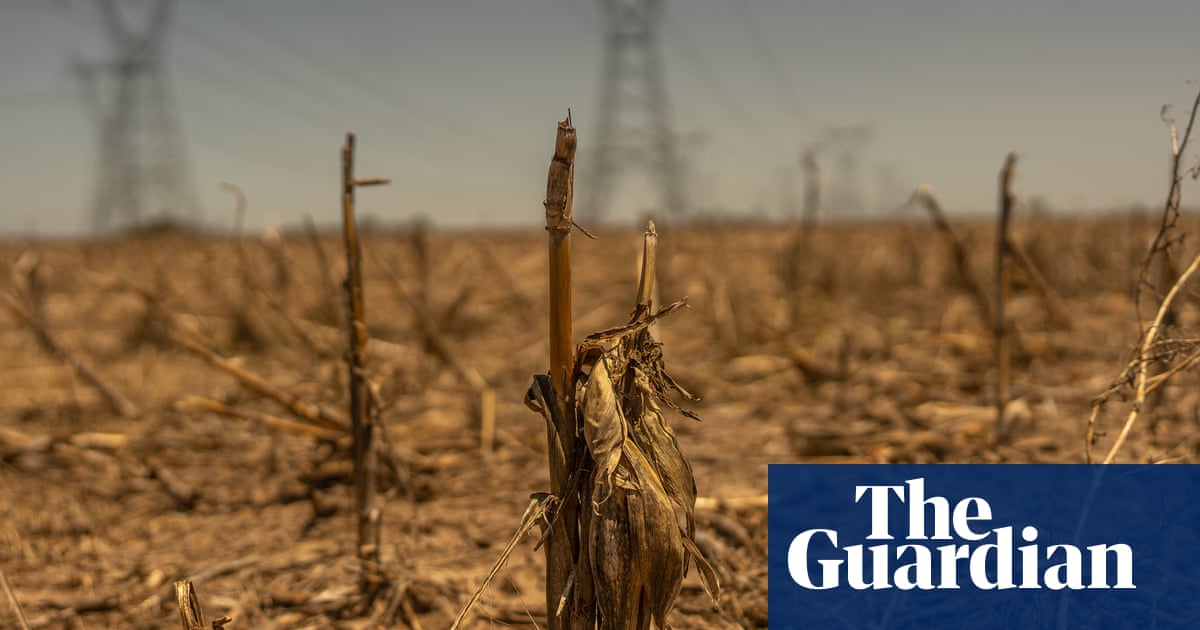Droughts have occurred throughout history, but in recent years meteorologists have discovered a new and distinct form of this old threat: flash droughts.
Flash droughts came to prominence in the 2010s, with Prof Jason Otkin of the University of Wisconsin proposing a formal definition in 2018: a period of less than three weeks in which the moisture level in the top 40 centimetres of soil drops severely enough to affect vegetation.
Lack of rainfall or other precipitation is common to all droughts. Flash droughts are distinguished by rapid drying out of the ground by a combination of high temperatures, strong winds and low humidity. This is severe enough to make plants start to wilt – “vegetation stress” – and affect agriculture. Subsequent work has refined the statistical measurements, but the original definition stands.
While flash droughts have a rapid onset, they are not necessarily over quickly. A flash drought may simply be the opener for a long and damaging dry spell. As well as the danger to agriculture, they bring an increased risk of wildfires and an abrupt reduction in the water available for human use.
skip past newsletter promotion
The planet’s most important stories. Get all the week’s environment news – the good, the bad and the essential
Privacy Notice: Newsletters may contain information about charities, online ads, and content funded by outside parties. If you do not have an account, we will create a guest account for you on theguardian.com to send you this newsletter. You can complete full registration at any time. For more information about how we use your data see our Privacy Policy. We use Google reCaptcha to protect our website and the Google Privacy Policy and Terms of Service apply.
after newsletter promotion
Having recognised flash droughts, new measures are needed to tackle them. Better forecasting and flash drought warnings are important, but improved water management and efficient irrigation are also needed.

